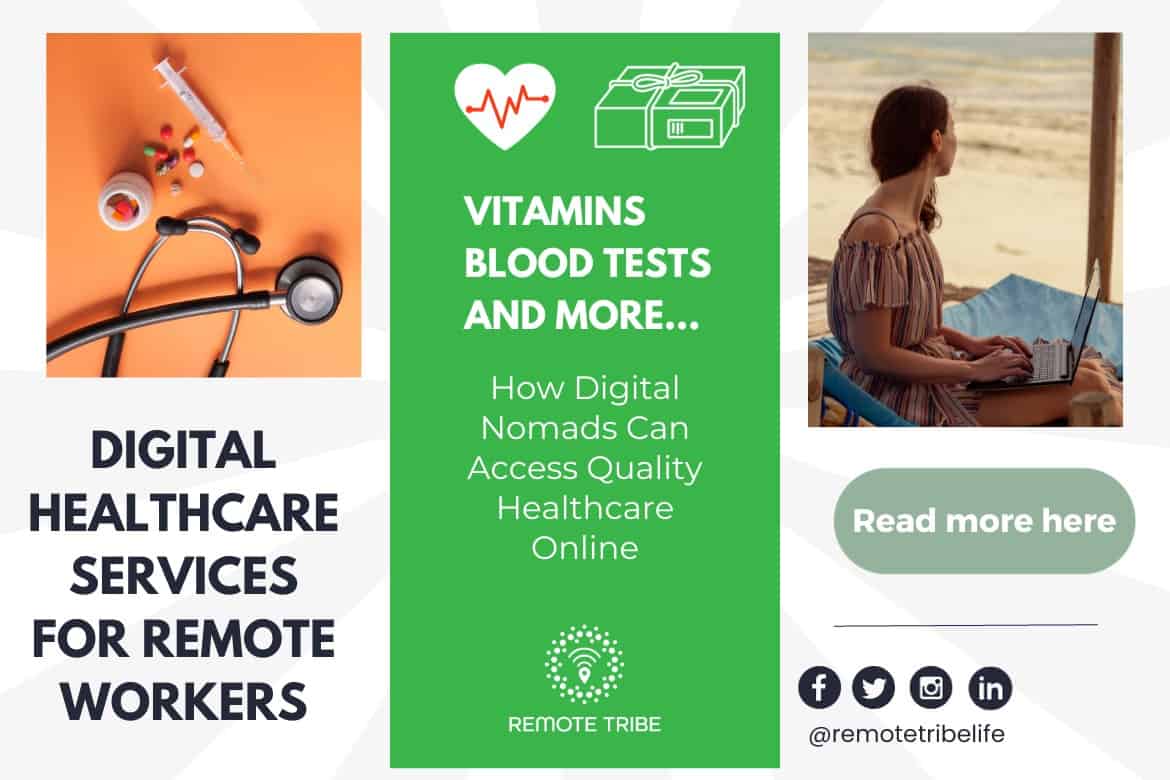The Future of Medication: Checking Out Subscription Based Healthcare Designs
Wiki Article
Understanding the Cost-Effectiveness of Subscription-Based Health Care Models
As the medical care landscape evolves, subscription-based designs emerge as an engaging choice, guaranteeing to redefine just how people handle medical costs. Reviewing these designs' cost-effectiveness requires a nuanced comparison with standard insurance policy, thinking about both financial ramifications and individual fulfillment.Introduction of Subscription-Based Designs
Subscription-based medical care versions, occasionally described as direct health care or concierge medication, are progressively acquiring interest as a potential remedy to inefficiencies within traditional medical care systems. These versions run on the principle of offering clients direct accessibility to doctor via a yearly or regular monthly fee, bypassing the need for conventional insurance coverage mechanisms. This plan intends to simplify patient-provider communications by reducing administrative problems, which typically hinder tailored and timely treatment.At the core of subscription-based versions is the focus on a more personalized individual experience. Clients profit from boosted access to their doctors, frequently including same-day or next-day appointments, prolonged examination times, and straight interaction networks such as phone or video clip telephone calls. This design cultivates an aggressive approach to medical care, where providers and clients can collaboratively concentrate on preventative treatment and persistent illness administration.

Expense Comparison With Traditional Insurance Policy

One of the primary monetary benefits of registration models is openness in costs. Alternatively, traditional insurance coverage might be more beneficial for individuals requiring specialized treatment or expensive therapies not covered under a membership version, as they profit from the wider coverage network and cost-sharing mechanisms.
Nevertheless, cost-effectiveness is context-dependent. While registration models might provide financial savings for those mainly needing key treatment, people with chronic problems or specialized health care demands might discover conventional insurance extra extensive. Reviewing details health care demands and prospective usage is essential in establishing the most cost-effective choice for individuals.
Impact on Individual Contentment
Individual contentment within subscription-based medical care designs usually mirrors a considerable enhancement over conventional insurance systems. Unlike conventional systems, where people may experience hold-ups in obtaining treatment, subscription-based versions ensure even more prompt and direct communications with medical care providers.Moreover, the openness in expenses connected with subscription-based healthcare minimizes the typical aggravations associated with unanticipated costs and intricate invoicing processes seen in standard insurance coverage (subscription based healthcare). Individuals value knowing the precise economic dedication upfront, leading to raised trust and confidence in their medical care monitoring
Furthermore, the emphasis on preventative care and health in registration designs contributes to enhanced wellness end results, further enhancing patient contentment. By concentrating on ongoing health and wellness maintenance instead of episodic care, clients experience a more continuous and alternative healthcare journey.
Additionally, the enhanced provider-patient connection fostered in these versions, defined by more time spent per client and tailored interest, plays a critical function in elevating individual contentment degrees, as patients really feel truly taken care of and understood.
Company Point Of Views and Experiences
From the company's perspective, subscription-based medical care versions supply a transformative approach to delivering medical solutions. These versions emphasize a preventative and positive healthcare technique, permitting carriers to concentrate on thorough client treatment without the constraints of traditional fee-for-service plans (subscription based healthcare). This change in emphasis commonly results in boosted client outcomes and enhanced service provider satisfaction, as health care experts can allot even more time and sources to client interaction and customized treatment strategiesIn addition, subscription models facilitate predictable revenue streams, which improve financial stability for doctor. This predictability enables for boosted resource planning and appropriation, contributing to a more effective medical care delivery system. Providers can invest in personnel facilities, modern technology, and training enhancements, thus enhancing the high quality of care used.
Nonetheless, the change to subscription-based versions is not without challenges. Despite these difficulties, many service providers discover that the advantages of boosted client interaction and structured operations outweigh the initial challenges, making visit this web-site subscription-based models an appealing option.
Future Prospects and Obstacles

A primary difficulty is regulatory conformity, as registration models need to comply with advancing healthcare plans and insurance policy requirements. This necessitates continual adjustment and advancement to make sure placement with lawful criteria. Additionally, integrating these versions into existing health care infrastructures can be complicated, calling for substantial investments in innovation and training.
There is also the possible danger of creating inequities in healthcare access, as registration models may favor those that can afford them, leaving at risk populaces underserved. Addressing this requires thoughtful factor to consider of pricing methods and aid devices to make certain inclusivity.
Final Thought
Subscription-based healthcare designs present a feasible alternative to typical insurance by using financial predictability and openness, specifically benefiting people with chronic conditions or frequent medical care needs. The cost-effectiveness of these models is contingent upon individual health care usage patterns and scenarios.Subscription-based healthcare models, sometimes referred to as straight primary treatment or concierge medicine, are increasingly gaining interest as a possible option to inefficiencies within standard healthcare systems. Unlike conventional systems, where people may experience delays in receiving treatment, subscription-based versions make sure more timely and straight interactions with health More about the author care suppliers.
These designs stress a positive and preventative health care technique, enabling suppliers to focus on comprehensive client care without the restraints of conventional fee-for-service plans. As these versions continue to acquire traction, they offer the prospective to change patient accessibility to care, enhance service delivery, and maximize medical care spending.Subscription-based healthcare models provide a feasible option to conventional insurance coverage by providing monetary predictability and transparency, particularly benefiting people with chronic conditions or regular medical care demands.
Report this wiki page